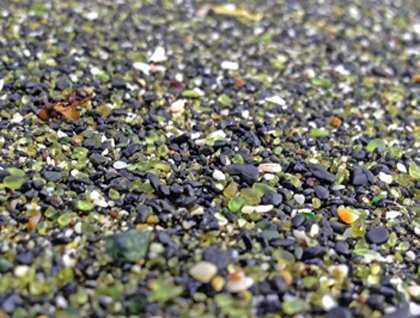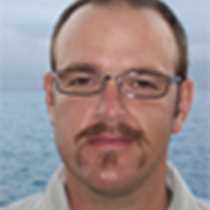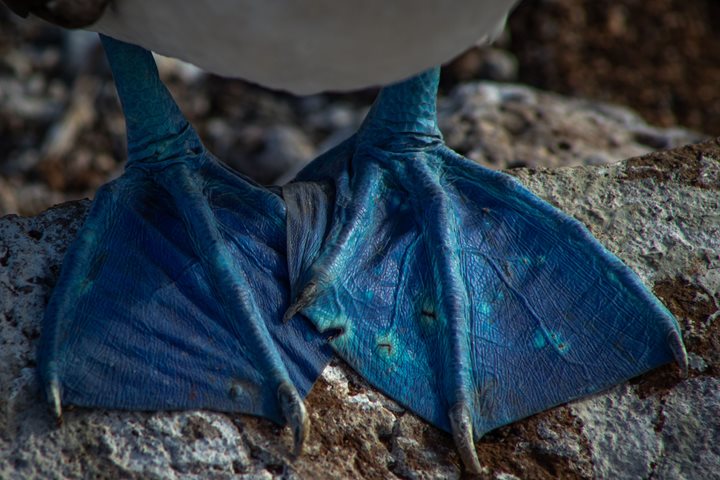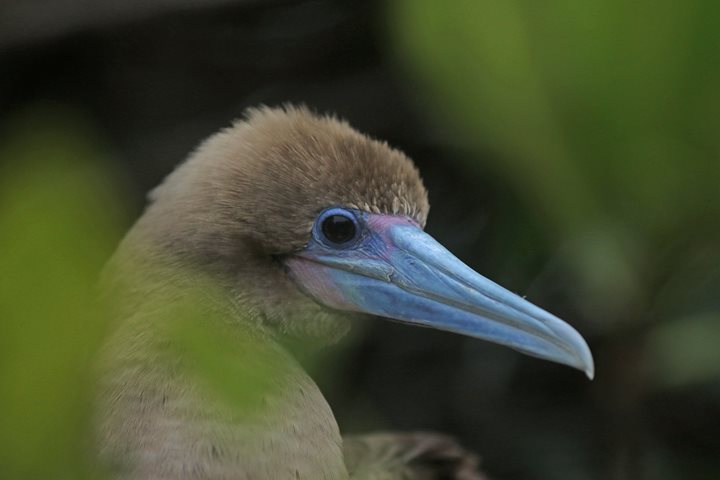The island we visited today was Floreana, one of the four inhabited Islands and the first one to be officially colonized by Ecuadorians when Ecuador took possession of the Islands in 1832.
This Island is extraordinary, with a rich human history, a variety of ecosystems and unique species. The first place we visited in an early, pre-breakfast outing was Punta Cormorant, a site named after the ship H.S.M. Cormorant. Here a trail goes along a brackish water lagoon where we found some greater flamingos. Surrounded by lava flows, mangroves and the predominant Palo Santo (bursera graveloens) or Holy trees, the trail shows the typical landscape of arid areas and the influence of the marine currents on the weather pattern of the islands. The trail brought us to a beautiful white coral sand beach that, at this time of the year, is a very important nesting site for the Pacific green sea turtles. Some turtles were mating in the ocean right off the shore, while others, possibly females, were waiting for the right time to come out and deposit their precious, leathery eggs. At the end of the beach we were surprised by the presence of a female that was on her way to the ocean. We gathered nearby to witness her journey, a moment that many of our guests will never forget. We observed first-hand their struggle to survive, knowing that these incredible creatures are now an endangered species caused by pollution, human impact and the destruction of their habitats.
Soon after, it was time to go back to the National Geographic Islander to have breakfast and continue to our second destination, Champion Islet. This islet is unique due to the presence of a remnant population of the endemic Floreana mockingbird, a species threatened by feral cats and rats on the main Island. We explored by Zodiac in search of this particular species as well as noddy terns, Galapagos shearwaters, sea lions and boobies. Later on we returned with our snorkel gear to explore the underwater world around Champion. This location was brimming with tropical fish, coral, sea stars of different colors and of course, the ever playful sea lions.
Following lunch and a very good briefing about the geology of the Islands, we began the afternoon activities with a short walk to Post Office Bay to experience one of the oldest mailing systems in the entire South Pacific. Following the tradition established by whalers around 1790, our guests checked the mail, collected a few letters and postcards with the intent to hand deliver them upon their return to the mainland. In exchange we left postcards in the box so other guests visiting Galapagos in the coming days, weeks or months will eventually deliver them to their proper destinations.
We finished the day with two excursions, kayaking and Zodiac rides. Both activities happened along the shore with more sea lion colonies and boobies. Sea turtles popped their heads out of the water while white tipped reef sharks and rays rested at the bottom of the calm waters.
That was Floreana, an Island full of adventure and charming history.









